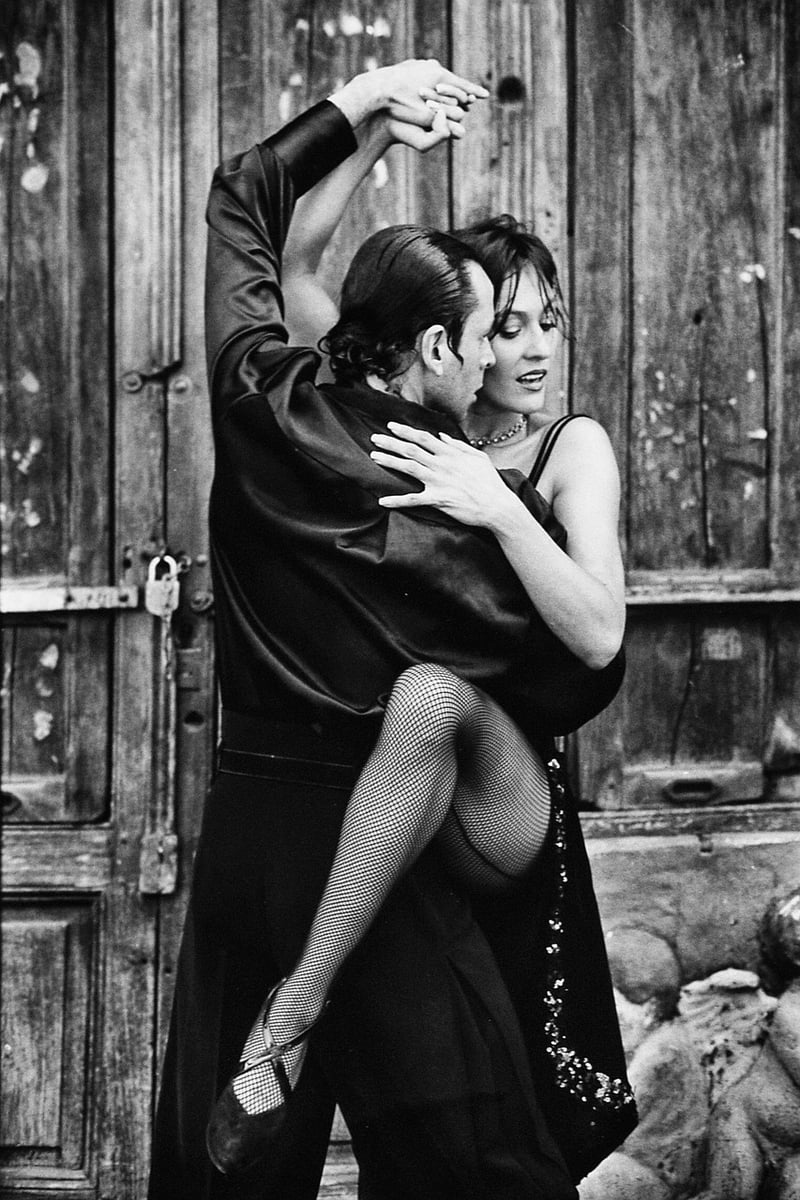Hip Hop
The Power of Expressive Movement in Hip Hop Culture
When it comes to the world of dance, few styles are as dynamic and influential as hip hop. Rooted in urban culture and street dance, hip hop offers a platform for self-expression, creativity, and storytelling through movement. At the core of hip hop dance lies the concept of expressive movement, where dancers use their bodies to convey emotions, narratives, and experiences.
The Origins of Hip Hop Dance
Hip hop dance emerged in the 1970s in the Bronx, New York City, as a form of expression for African American and Latino youth. It was a way to channel their energy, frustrations, and joy into art. From its early days in block parties and underground clubs, hip hop dance has evolved into a global phenomenon, influencing mainstream culture and music videos.

The Role of Expressive Movement
Expressive movement is at the heart of hip hop dance. Dancers use a combination of fluidity, strength, and rhythm to communicate a wide range of emotions and experiences. Whether it's the powerful gestures of krumping, the intricate footwork of breakdancing, or the smooth transitions of popping and locking, each style within hip hop dance tells a unique story through movement.
Key Elements of Expressive Movement in Hip Hop
- Bodily Isolation: The ability to move different parts of the body independently, creating visually stunning effects.
- Freestyle: Improvisation plays a significant role in hip hop dance, allowing dancers to express themselves in the moment.
- Flow and Musicality: Dancers often synchronize their movements with the beat and lyrics of the music, enhancing the emotional impact of their performance.
- Storytelling: Hip hop dance can convey powerful narratives, from personal struggles to social commentary, through movement and gestures.
Embracing Diversity and Inclusivity
One of the most beautiful aspects of hip hop dance is its ability to bring people from diverse backgrounds together. Regardless of age, gender, or cultural heritage, anyone can participate in hip hop dance and find a sense of belonging in the community. Expressive movement transcends language barriers and allows dancers to connect on a deeper, more emotional level.

Conclusion
Expressive movement plays a vital role in the storytelling and emotional depth of hip hop dance. Through fluidity, strength, and rhythm, dancers communicate a wide range of experiences and connect with audiences on a profound level. As hip hop continues to evolve and inspire new generations of dancers, expressive movement remains at the core of this vibrant and transformative art form.
Experience the power of expressive movement in hip hop dance and let your body tell a story like never before!
